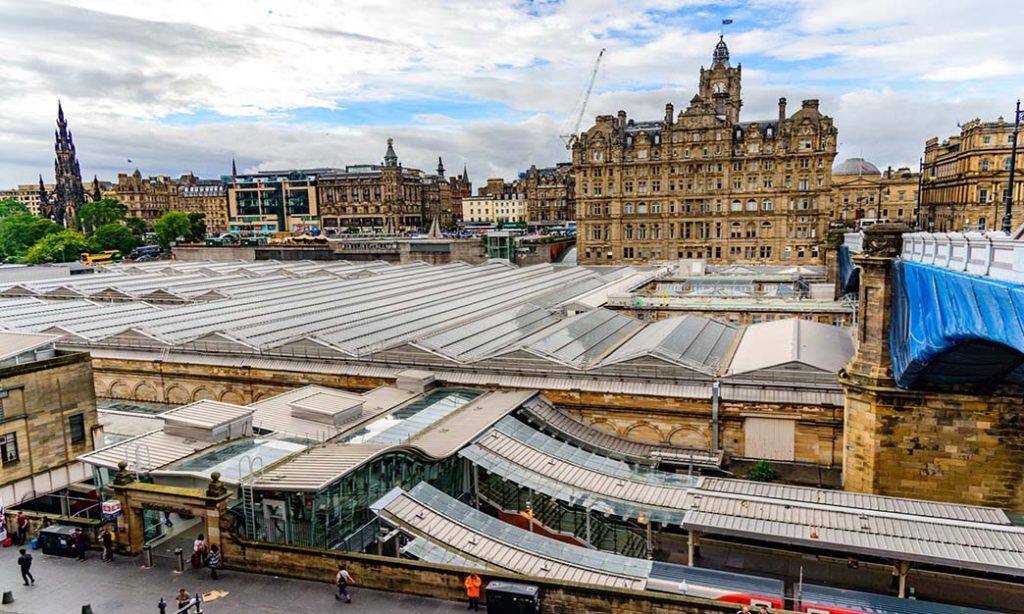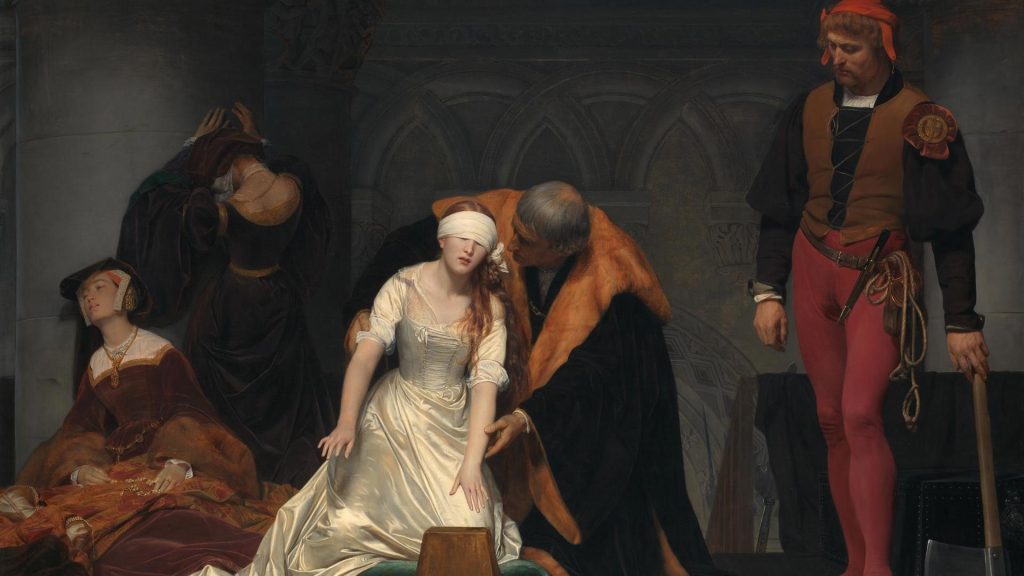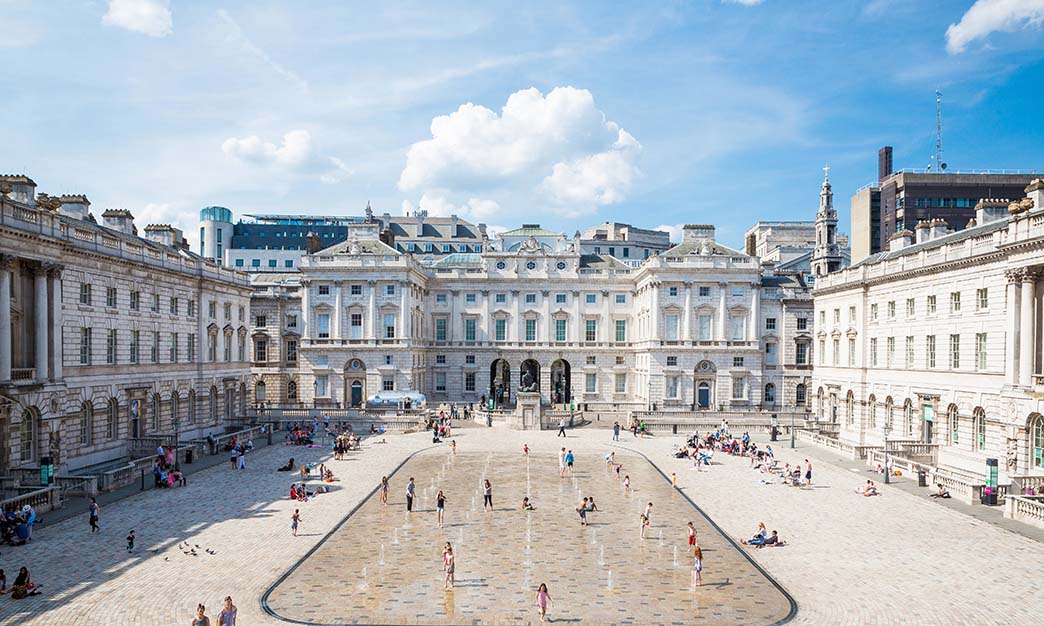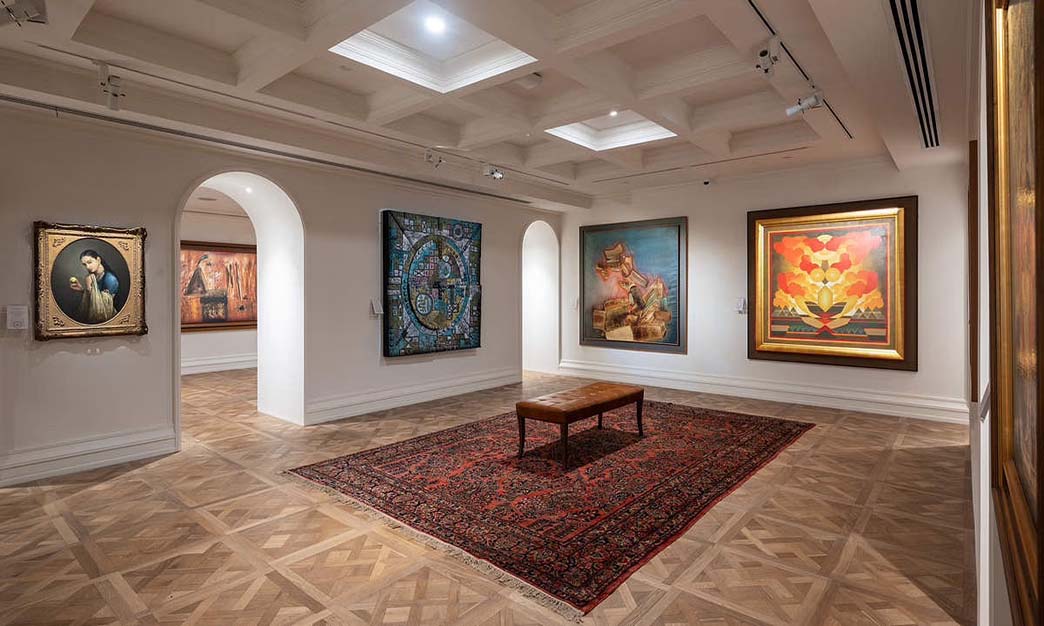I have had the privilege of visiting some of the world’s most famous museums and galleries. However, few places have left an indelible mark on me like the Scottish National Gallery in Edinburgh. Situated in the heart of this historic city, it is truly a haven for art enthusiasts, offering a captivating journey through centuries of artistic brilliance.
On these platforms, you'll find a multitude of options and competitive prices. We've been using them for many years!
Location and Accessibility
The National Gallery of Scotland is conveniently situated on The Mound, EH2 2EL, right in the heart of Edinburgh. Its central location ensures easy access on foot from many key landmarks, including Princes Street, the Royal Mile, and Edinburgh Castle. The gallery’s strategic placement in the heart of the city makes it a must-visit destination for both tourists and locals.
Getting There
Reaching the gallery is a straightforward affair, whether you’re coming from within Edinburgh or outside the city. Here are a few convenient routes:
1.From Waverley Train Station: If your journey to Edinburgh begins by train, you’re in luck. The gallery is a mere stroll away from Waverley Train Station. Simply exit the station and head towards Princes Street, where you can embark on a scenic walk up The Mound.

2.By Bus: Edinburgh boasts a well-connected bus network that can take you close to the gallery. Numerous bus routes traverse the city center, providing convenient access to The Mound.
3.On Foot: If you prefer exploring the city on foot, the gallery is easily reachable from many central locations. Wandering through Edinburgh’s picturesque streets to reach the gallery is a delightful experience in itself.
My Personal Favorites
Allow me to share three artworks from the National Gallery of Scotland that have made a lasting impression on me:
1.“The Reverend Robert Walker Skating on Duddingston Loch” by Sir Henry Raeburn: This iconic portrait captures the Reverend Robert Walker in a moment of serene concentration as he glides effortlessly on the ice. It stands as a testament to Raeburn’s skill in portraying both the grace and poise of his subject.
As I wandered through the hallowed halls of the National Gallery of Scotland in Edinburgh, my gaze was inevitably drawn to a captivating portrait that seemed to encapsulate a moment of serene elegance and stillness. This masterpiece, titled “The Reverend Robert Walker Skating on Duddingston Loch,” crafted by the renowned Scottish artist Sir Henry Raeburn, left an indelible impression on my soul.
“The Reverend Robert Walker Skating on Duddingston Loch” is a portrait that captures what appears to be an ordinary moment in the life of its subject, Reverend Robert Walker. Yet, it is the extraordinary execution of this painting that raises it to the level of artistic brilliance and encapsulates the spirit of the Scottish Enlightenment era.
Reverend Robert Walker, the central figure of this portrait, was a notable personality in 18th-century Edinburgh. He wasn’t just a clergyman; he was also a member of the Edinburgh Skating Society, a testament to his multifaceted character. The portrait was painted around 1795 and presents a striking contrast between the serene backdrop of Duddingston Loch and the reverend’s focused, almost meditative, posture on the ice.
Upon closer examination, the meticulousness and precision in Raeburn’s brushwork become evident. The frozen loch is depicted with astounding realism, its icy surface reflecting the gentle, diffused light of a winter’s day. The picturesque setting of Arthur’s Seat and the city of Edinburgh in the distance adds a touch of romanticism to the scene.
However, it is the portrayal of Reverend Robert Walker that truly steals the spotlight. Clad in somber clerical attire, he gracefully glides across the ice, one leg elegantly extended behind him, his arms poised in perfect equilibrium. The artist impeccably captures the fleeting instant when the reverend’s skate is about to touch the ice, evoking a sense of weightlessness and ethereal movement. This precise rendition of motion is nothing short of remarkable.
One of the most enchanting aspects of this painting is the interplay of light and shadows. Raeburn employs chiaroscuro—a technique of contrasting light and dark—to perfection. The dance of light on Reverend Walker’s robe, the ice, and the landscape generates a sense of depth and dimension that draws the viewer deeper into the composition.
The expression on the reverend’s face is enigmatic, yet it exudes an air of tranquil concentration and inner peace. His eyes appear fixed on some distant point, lost in contemplation, as if he is in perfect harmony with the world surrounding him. This element of introspection adds layers of depth and complexity to the portrait.
Standing in front of this masterpiece, I couldn’t help but be moved by the sense of serenity and grace it exudes. “The Reverend Robert Walker Skating on Duddingston Loch” is more than just a portrait; it is a testament to the artistry of Sir Henry Raeburn and a window into the world of 18th-century Edinburgh. The painting captures a fleeting moment of timeless beauty and contemplation that resonates with viewers across the ages.
“The Reverend Robert Walker Skating on Duddingston Loch” by Sir Henry Raeburn is a masterpiece that continues to captivate art enthusiasts and connoisseurs alike. Its painstaking attention to detail, the interplay of light and shadow, and the enigmatic expression of the subject make it a gem within the National Gallery of Scotland’s collection. Standing before this painting, one can’t help but be transported to a serene and contemplative world—a world where art and life seamlessly merge. It is undoubtedly a masterpiece deserving the admiration and reverence of all fortunate enough to behold it.
2.“Venus Anadyomene” by Titian: This mesmerizing masterpiece by Titian exudes sensuality and elegance. The radiant depiction of Venus emerging from the sea is a testament to Titian’s mastery of color and form.
3.“Saint Jerome in his Study” by Antonello da Messina: This exquisite painting offers a glimpse into the solitary world of Saint Jerome as he contemplates his studies. The meticulous details and use of light make it a truly captivating work of art.
Recommendations
In addition to my personal favorites, the National Gallery of Scotland boasts an extensive collection that spans various art movements and periods. Here are four additional works of art that I highly recommend exploring during your visit:

- “The Execution of Lady Jane Grey” by Paul Delaroche: This historical painting vividly depicts the tragic execution of Lady Jane Grey. Delaroche’s attention to detail and emotional depth make it a haunting and memorable artwork.
- “The Madonna of the Yarnwinder” by Leonardo da Vinci: This masterpiece by da Vinci is a rare and precious gem. The delicate portrayal of the Madonna and Child is a testament to the artist’s unmatched skill.
- “Three Tahitians” by Paul Gauguin: Gauguin’s fascination with exotic cultures is beautifully captured in this painting. The vibrant colors and striking composition make it a captivating piece.
- “Sir John Sinclair of Ulbster” by Sir Henry Raeburn: Raeburn’s portrait of Sir John Sinclair is a fine example of his ability to capture the character of his sitters. The dignified and contemplative expression of Sir John Sinclair is truly compelling.
Services and Amenities
The National Gallery of Scotland offers an array of services and amenities to enhance your visit:
- Guided Tours: Joining a guided tour is an excellent way to gain deeper insights into the artworks on display. Knowledgeable guides provide historical context and fascinating anecdotes about the collection.
- Educational Programs: The gallery hosts educational programs and workshops, making it a great destination for art enthusiasts of all ages.
- Café and Restaurant: Take a break and savor delicious refreshments at the gallery’s café and restaurant, offering picturesque views of Princes Street Gardens.
- Gift Shop: The gallery’s gift shop is a treasure trove of art-related souvenirs, books, and gifts.
- Accessibility: The gallery is accessible to visitors with disabilities, with ramps, elevators, and accessible restrooms.
Pros and Cons
As with any cultural institution, there are advantages and considerations to keep in mind when visiting the National Gallery of Scotland:
Pros:
- Outstanding Collection: The gallery’s collection is nothing short of extraordinary, featuring works by renowned artists spanning centuries.
- Central Location: Its central location in Edinburgh makes it easily accessible, and you can seamlessly incorporate a visit into your exploration of the city.
- Educational Opportunities: The gallery offers ample educational programs and resources, making it an enriching experience for all visitors.
- Cultural Gem: It’s a cultural gem that allows you to immerse yourself in art, history, and culture.
Cons:
- Crowds: The gallery can get crowded, especially during peak tourist seasons, which may limit your ability to fully appreciate the artworks.
- Limited Viewing Time: The sheer volume of artworks may require multiple visits to see everything in detail.
- Entry Fees: While entry to the gallery is free, there may be charges for special exhibitions and certain programs.
Ticket Prices and Discounts
Entry to the National Gallery of Scotland is generally free, allowing visitors to explore the extensive permanent collection at no cost. However, there may be charges for special exhibitions and selected programs. It’s advisable to check the official website for up-to-date information on ticket prices and any available discounts.
Recommendation Index
On a scale of 1 to 10, with 10 being the highest recommendation, I wholeheartedly give the National Gallery of Scotland a rating of 9.8. It
‘s an exceptional institution that offers a world-class collection and a truly immersive art experience. The gallery’s educational programs, central location, and commitment to accessibility further elevate its standing.
Booking Platforms
For planning your visit to the National Gallery of Scotland, I recommend checking their official website for the most up-to-date information on opening hours, special exhibitions, and any ticket reservations. Additionally, you can explore booking platforms or tour operators that may offer guided tours and curated experiences.
Visiting the National Gallery of Scotland in Edinburgh is more than just a cultural excursion; it’s an artistic journey through time and a celebration of human creativity. From Renaissance classics to modern masterpieces, the gallery’s collection is a testament to the enduring power of art. I encourage every art enthusiast and traveler to include this remarkable institution in their itinerary when exploring the beautiful city of Edinburgh. It’s a place where you can truly lose yourself in the world of art and emerge enriched by the experience.



